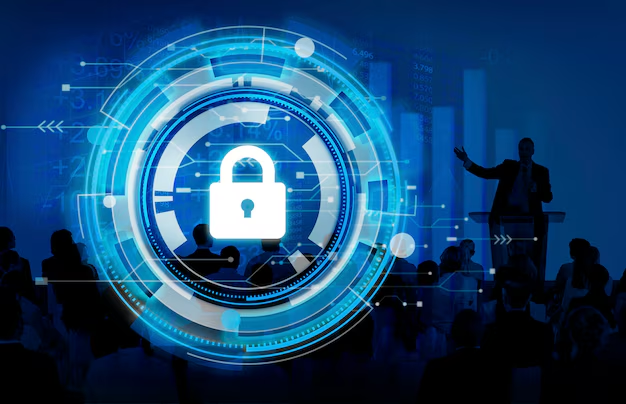
Cyber threats continue to evolve, becoming more sophisticated each year. As we move into 2025, businesses and developers must adopt proactive security measures to protect their software from cyber attacks. Here’s a comprehensive guide to safeguarding your software from modern cyber threats.
1. Implement Strong Authentication and Access Controls
One of the first lines of defense is securing access to your software. Implement these measures:
- Multi-Factor Authentication (MFA): Require users to verify their identity using multiple factors, such as passwords, biometrics, or one-time codes.
- Role-Based Access Control (RBAC): Grant users the minimum necessary privileges to perform their tasks.
- Zero Trust Security Model: Assume that no user or device should be trusted by default and enforce strict verification processes.
2. Keep Software and Dependencies Updated
Outdated software and third-party libraries are common targets for cybercriminals. To mitigate risks:
- Regular Updates: Keep operating systems, applications, and libraries up to date with the latest security patches.
- Automated Patch Management: Use tools that automatically update software and detect vulnerabilities.
- Monitor Open-Source Dependencies: Regularly scan for vulnerabilities using tools like OWASP Dependency-Check and GitHub Dependabot.
3. Follow Secure Coding Practices
Developers should incorporate security at the core of the development process:
- Use Secure Frameworks and Libraries: Opt for well-maintained and security-tested frameworks.
- Validate Input Data: Prevent injection attacks by sanitizing and validating all user inputs.
- Encrypt Sensitive Data: Ensure data is encrypted both in transit (TLS) and at rest (AES-256).
- Secure APIs: Implement authentication and rate-limiting on APIs to prevent unauthorized access and abuse.
4. Strengthen Network Security
Cyber threats often exploit network vulnerabilities to gain access. Strengthen network security by:
- Deploying Firewalls and Intrusion Detection Systems (IDS): Monitor and block malicious traffic.
- Using a Virtual Private Network (VPN): Encrypt data traffic to prevent interception.
- Implementing Network Segmentation: Isolate critical systems from less secure areas of the network.
5. Monitor and Detect Threats Proactively
Early detection of security threats can prevent significant damage:
- Implement Security Information and Event Management (SIEM): Use SIEM tools to analyze security logs and detect anomalies.
- Conduct Regular Security Audits: Perform vulnerability assessments and penetration testing.
- Deploy Endpoint Detection and Response (EDR): Use EDR solutions to detect and respond to potential threats in real time.
6. Educate Employees and Users
Human error remains one of the biggest security risks. Improve awareness with:
- Regular Cybersecurity Training: Teach employees about phishing, social engineering, and best security practices.
- Security Policies and Guidelines: Enforce policies on data protection, password management, and device security.
- Simulated Phishing Attacks: Conduct simulated attacks to test employee awareness and response.
7. Backup and Disaster Recovery Planning
Prepare for potential cyber incidents with robust backup and recovery strategies:
- Regular Data Backups: Ensure backups are frequent, encrypted, and stored securely.
- Test Recovery Plans: Periodically test backup restoration processes.
- Implement Ransomware Protection: Use anti-ransomware solutions and backup air-gapping strategies.
Conclusion
Cybersecurity in 2025 demands a multi-layered approach, integrating strong authentication, secure coding, network security, continuous monitoring, and user education. By proactively addressing threats, businesses can mitigate risks and protect their software from cybercriminals. Stay vigilant, update your security measures, and prioritize cybersecurity as a core aspect of software development.
What steps are you taking to secure your software in 2025? Share your thoughts in the comments!

